Imagine surviving weeks—even months—without eating or drinking. Sounds impossible? Think again. Some animals have cracked the code to outlasting hunger and thirst in ways that blow the mind. They shut down, slow down, or store up energy like tiny survival machines. From desert dwellers to icy marvels, these creatures stretch the limits of endurance, proving nature’s wild creativity knows no bounds. Meet 15 amazing animals that can live without food or water for unbelievable stretches. Their survival tricks will make you rethink what it means to go without.
Camel
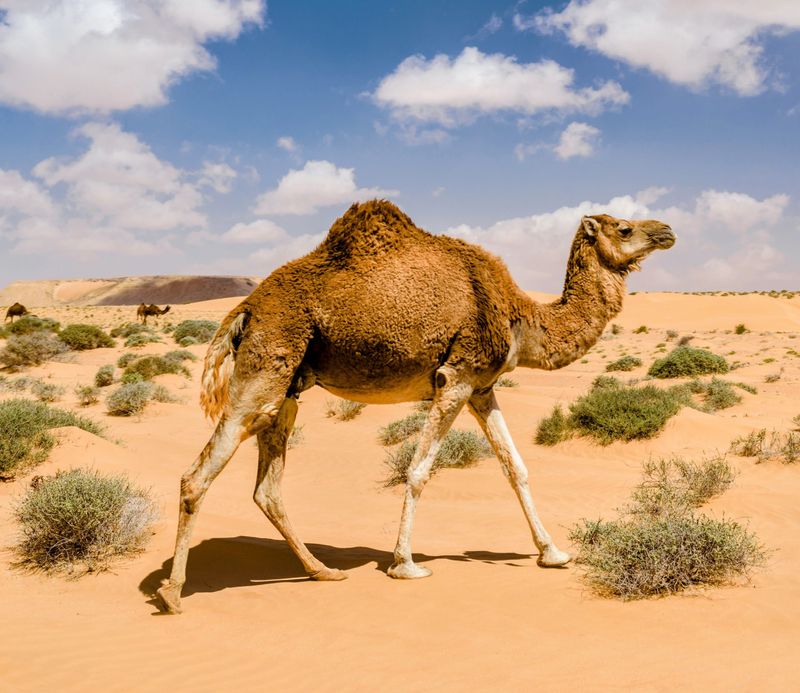
The camel, with its unmistakable humps, is a true desert survivor. These humps store fat, enabling camels to go weeks without food. In harsh conditions, water is scarce, but camels can survive without it for up to seven days. Their bodies efficiently regulate heat, minimizing water loss. Did you know? Camels can drink up to 40 gallons of water in one go when they do find it. This adaptability makes them the quintessential desert dwellers, perfectly engineered for arid landscapes.
Kangaroo Rat
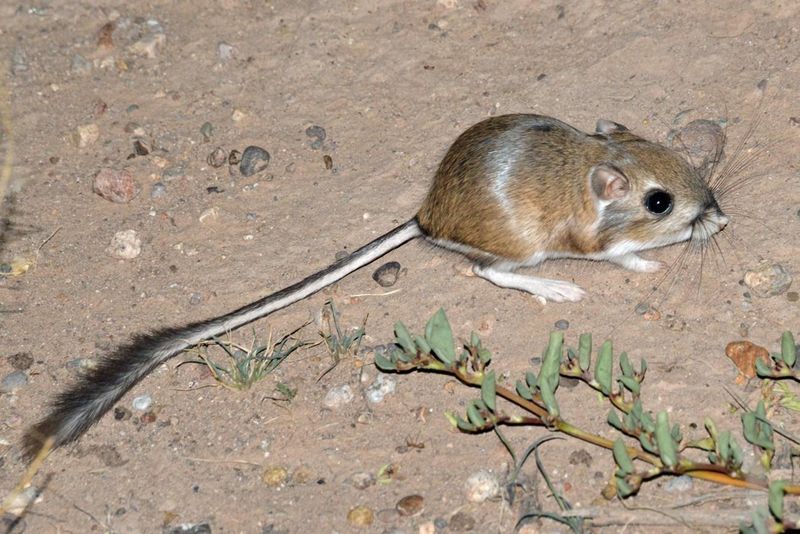
The kangaroo rat, a tiny desert inhabitant, thrives where others falter. These rodents extract water from the seeds they consume, rarely needing to drink. Living in burrows, they remain cool and reduce water loss. Their kidneys are highly efficient, conserving water superbly. Interestingly, kangaroo rats can survive their entire lives without ever drinking water. This astonishing adaptation allows them to flourish in some of the most unforgiving terrains on Earth.
African Lungfish
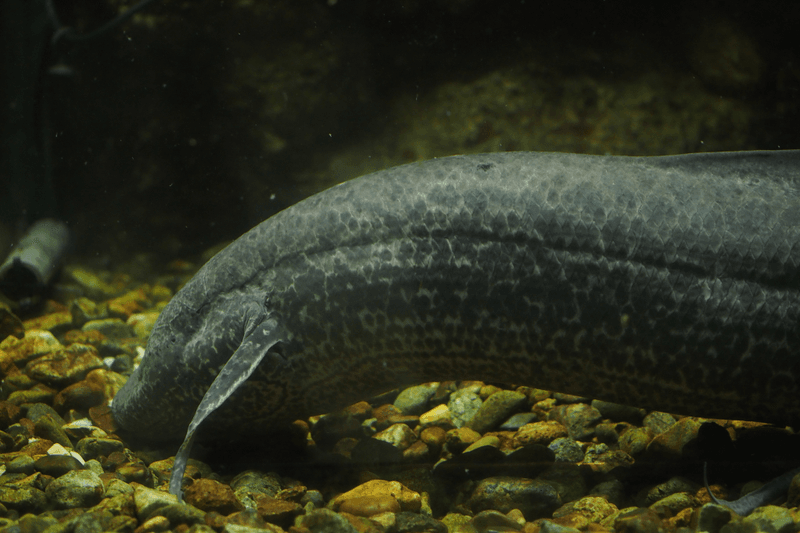
The African lungfish possesses a remarkable survival strategy. During dry seasons, when water bodies disappear, it buries itself in mud and secretes a mucus cocoon, waiting for rain. This state, called aestivation, can last up to a year. Their lungs allow them to breathe air, a crucial adaptation for drought survival. The African lungfish’s endurance in periods of scarcity is truly incredible, highlighting its evolutionary ingenuity.
Tardigrade
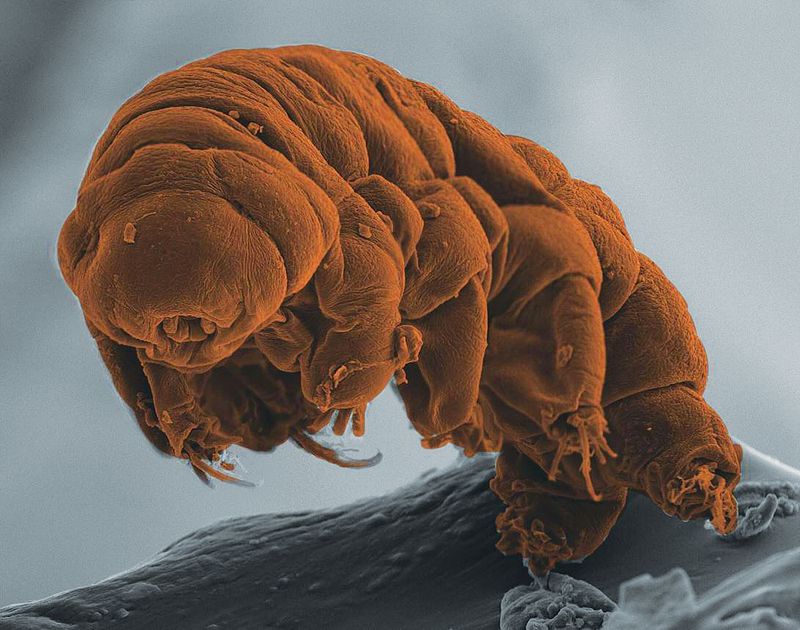
Tardigrades, or water bears, are microscopic marvels with incredible resilience. In harsh environments, they enter a cryptobiotic state, halting all metabolic processes. This allows them to endure extreme conditions, from the vacuum of space to intense radiation. Tardigrades can survive without food or water for decades, making them one of nature’s most enduring creatures. Their survival skills are not only fascinating but also hold potential for scientific advancements.
Emperor Penguin
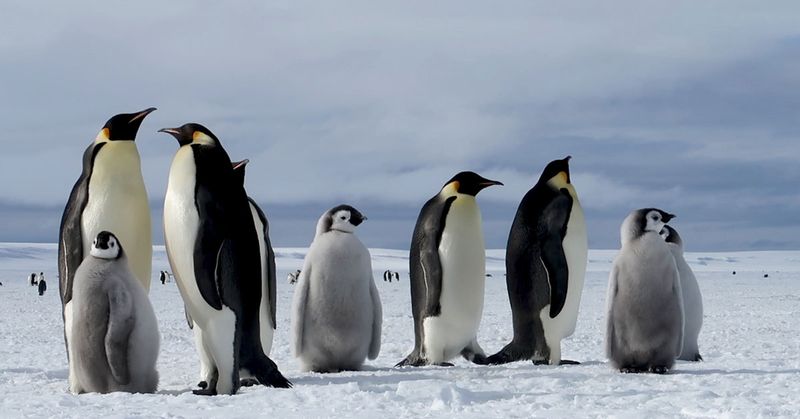
Emperor penguins are icons of resilience in the icy Antarctic wilderness. During breeding season, males endure harsh winters without food while incubating eggs. They form huddles for warmth, conserving energy and heat. For about two months, these dedicated fathers can survive without eating, living off stored body reserves. This endurance showcases their commitment to survival and reproduction in one of the coldest places on Earth.
Olm
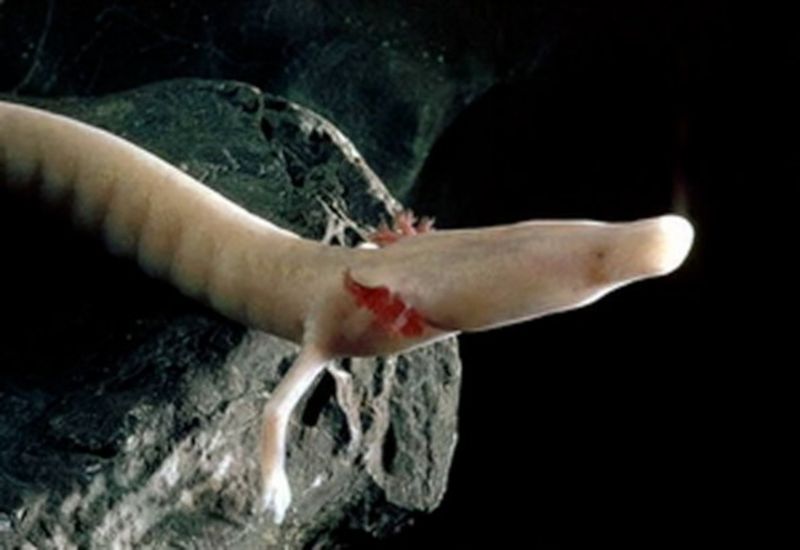
The olm, a cave-dwelling salamander, is an enigmatic creature of Europe’s subterranean waters. Blind, it relies on other heightened senses. Its metabolism is so slow that it can go up to 10 years without food. This unique adaptation allows it to thrive in nutrient-scarce environments. The olm’s mysterious existence in the shadows is nothing short of a natural wonder, demonstrating nature’s ability to adapt in unexpected ways.
Bactrian Camel
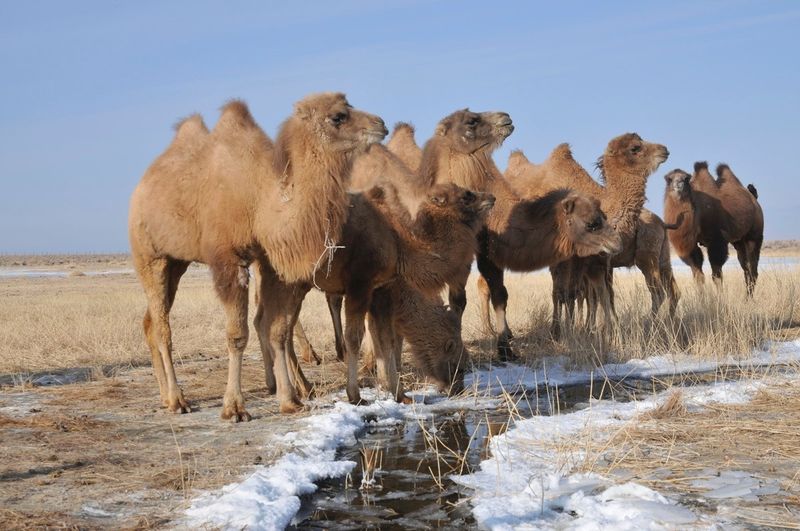
Bactrian camels, unlike their single-humped cousins, roam the cold deserts of Central Asia. Equipped with two humps storing fat, they can survive for weeks without food. Water is equally precious; they can endure long periods without it. These camels thrive in harsh, arid climates, their endurance rivaling that of any desert creature. Their resilience is emblematic of nature’s ability to adapt to extreme environments.
Crocodile
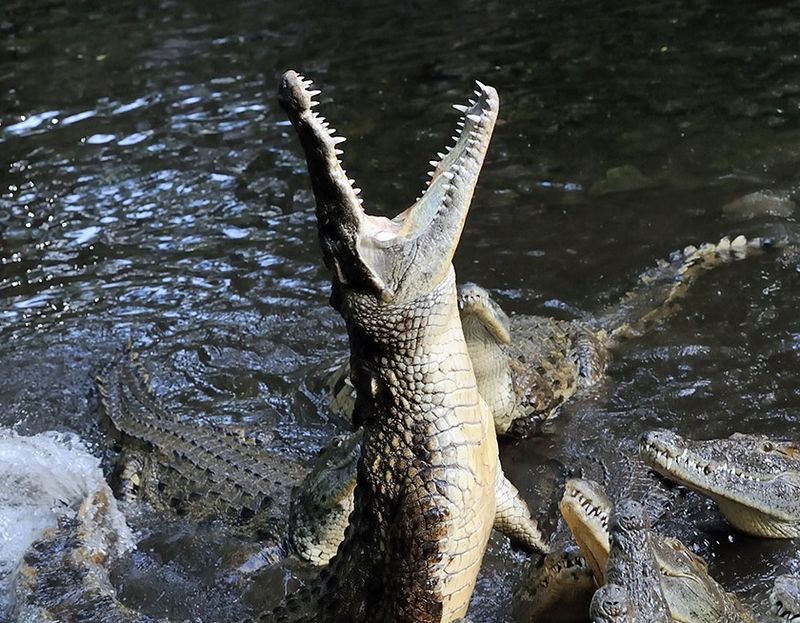
Crocodiles are formidable reptiles with a knack for survival. Their slow metabolism allows them to endure months without food, conserving energy by lying still. In times of scarcity, they can go without eating for up to three years. These ancient predators, with their efficient hunting and digestion, exemplify the evolutionary success of survival through adaptation, demonstrating patience and strategic living in their habitats.
Wood Frog
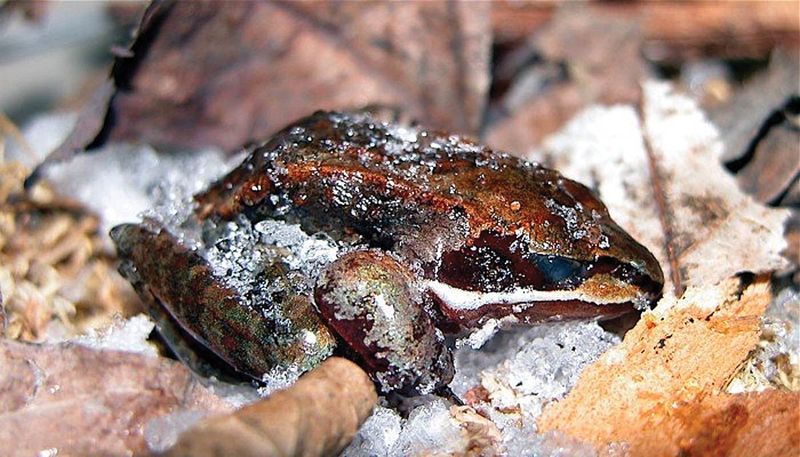
Wood frogs possess a remarkable ability: they freeze during winter. Their bodies enter a suspended animation, with up to 70% of their water content freezing. This adaptation allows them to survive harsh winters without food. As temperatures rise, they thaw and resume activity. This incredible survival mechanism highlights nature’s ingenuity, allowing wood frogs to thrive in environments where others cannot.
Bear
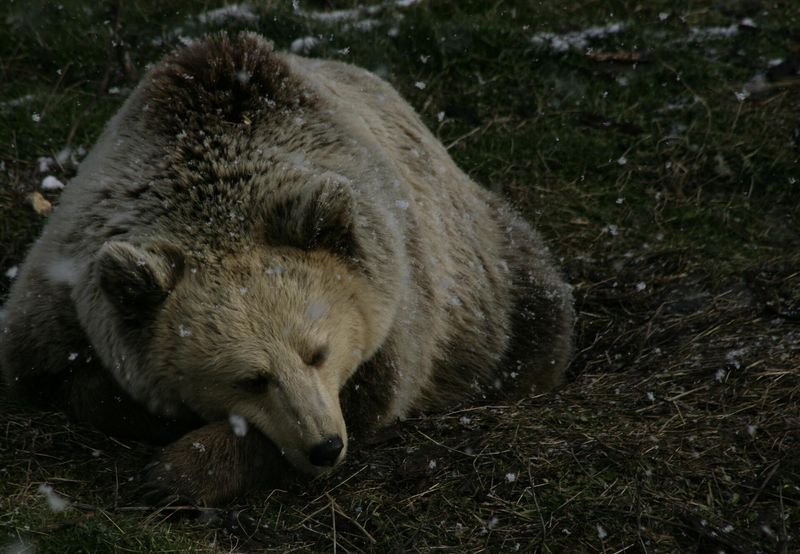
Bears, the iconic hibernators, prepare for winter by feeding voraciously. During hibernation, they enter a state of low metabolic activity, surviving for months without food or water. Their bodies recycle waste and conserve energy, a process vital for enduring the harsh, food-scarce winters. This ability allows bears to emerge in spring, ready to reclaim their place in the forest ecosystem.
Rattlesnake
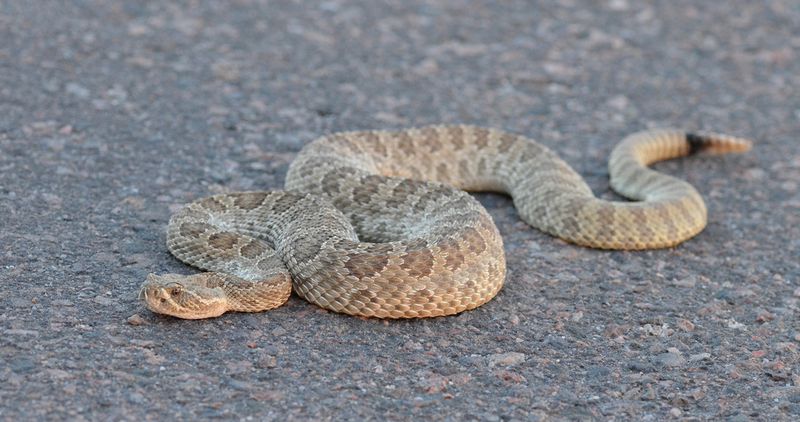
Rattlesnakes are masters of patience and survival. In cooler months, they can go weeks without food, relying on stored energy. Their slow metabolism aids in conserving resources during periods of scarcity. These snakes can survive without sustenance for several months, demonstrating the efficiency of their evolutionary adaptations. Rattlesnakes exemplify the balance between energy conservation and predatory prowess in the wild.
Gila Monster
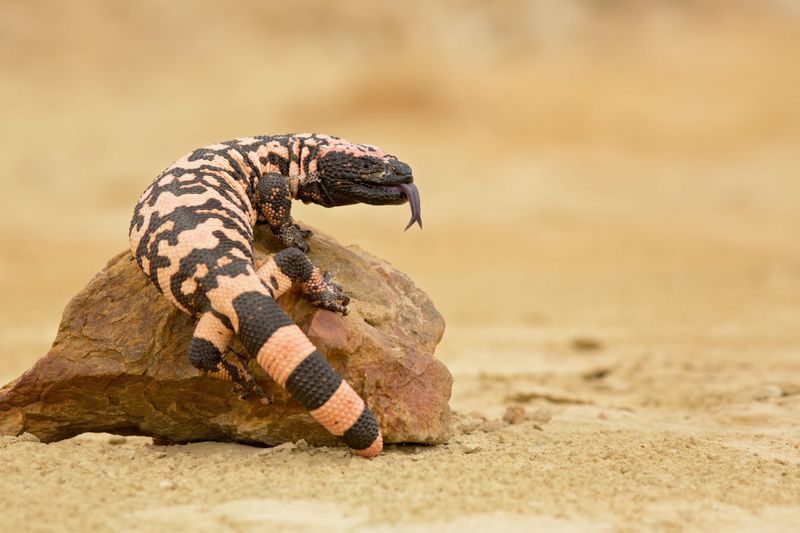
The Gila monster, one of the few venomous lizards, thrives in arid deserts. It can survive long periods without food, using stored fat for energy. When food is scarce, their metabolism slows significantly, allowing them to endure months without eating. This desert dweller’s resilience is a testament to its adaptation, ensuring survival in environments where resources are limited and unpredictable.
Snapping Turtle
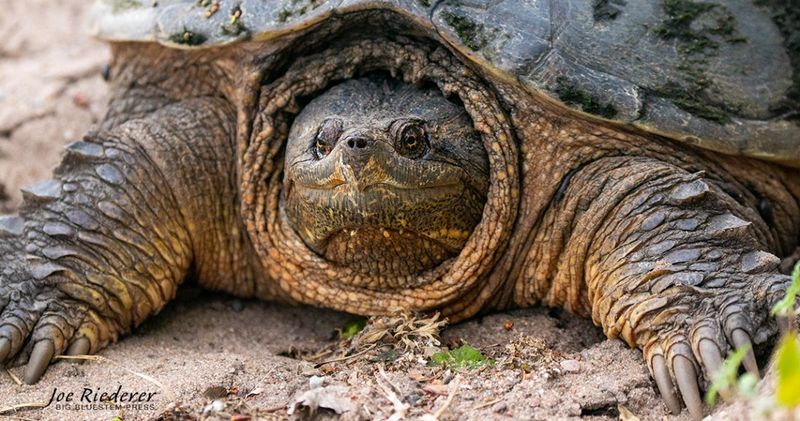
Snapping turtles, with their prehistoric appearance, are survivalists of the aquatic world. Capable of slowing their metabolism, they can survive without food for months. In cold climates, they hibernate underwater, breathing through their skin. This adaptation allows them to endure long winters, emerging in spring ready to thrive. Their longevity and adaptability are remarkable, showcasing nature’s enduring wisdom.
Common Toad

Common toads are experts at enduring food scarcity. During periods of drought or cold, they enter a hibernation-like state, slowing their metabolism significantly. This allows them to survive for months without sustenance. Their ability to adapt to varying environmental conditions makes them resilient survivors, thriving in diverse habitats across the globe.
Desert Tortoise
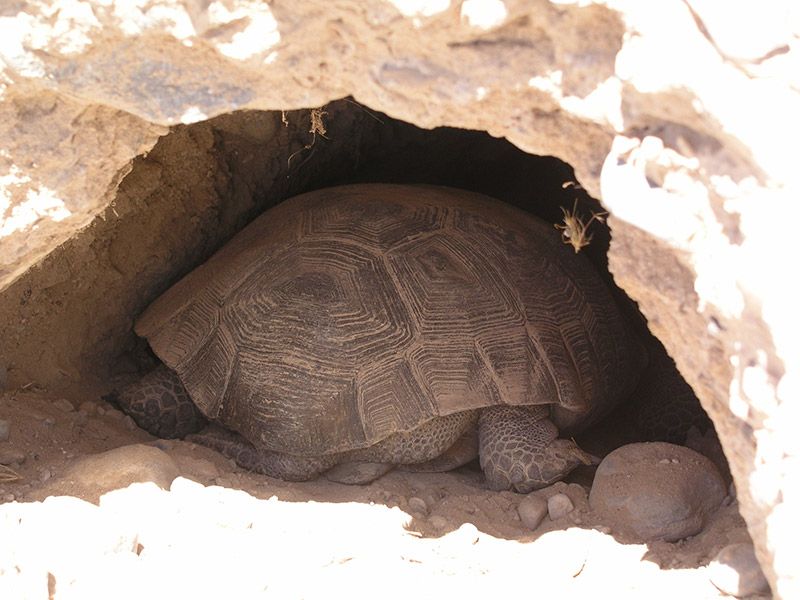
Desert tortoises are emblematic of adaptation to arid environments. These creatures can survive a year without water, relying on stored moisture in their bodies. Their slow metabolism helps them conserve energy during food scarcity. By digging burrows, they escape the intense desert heat, allowing them to thrive where few others can. Their existence is a testament to resilience and adaptation in the animal kingdom.

